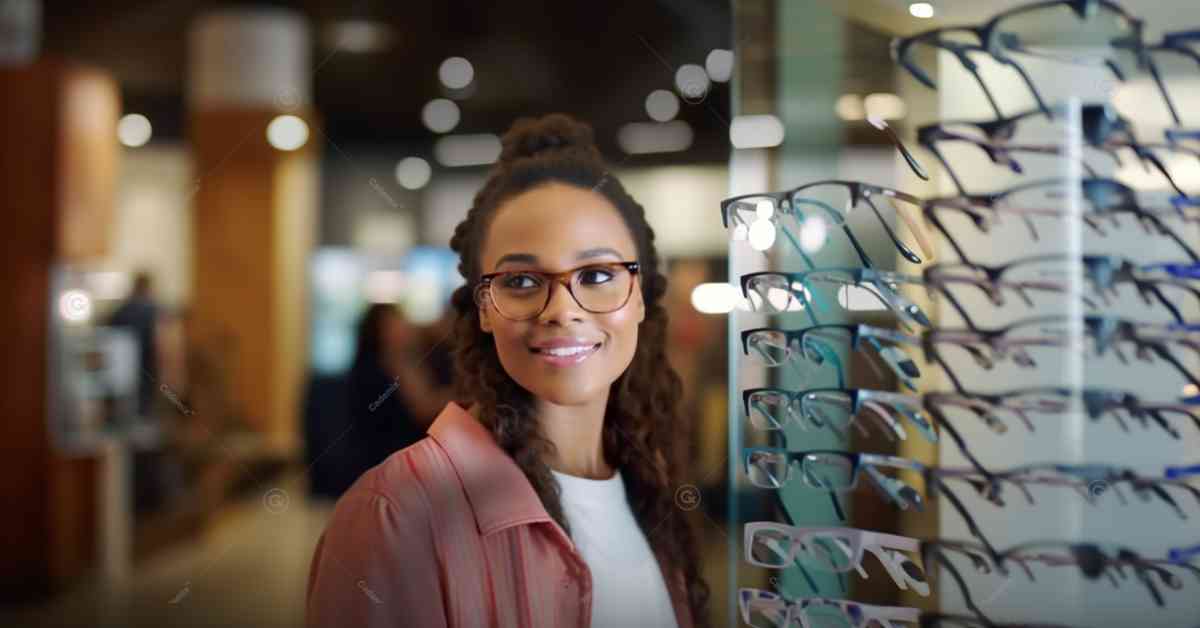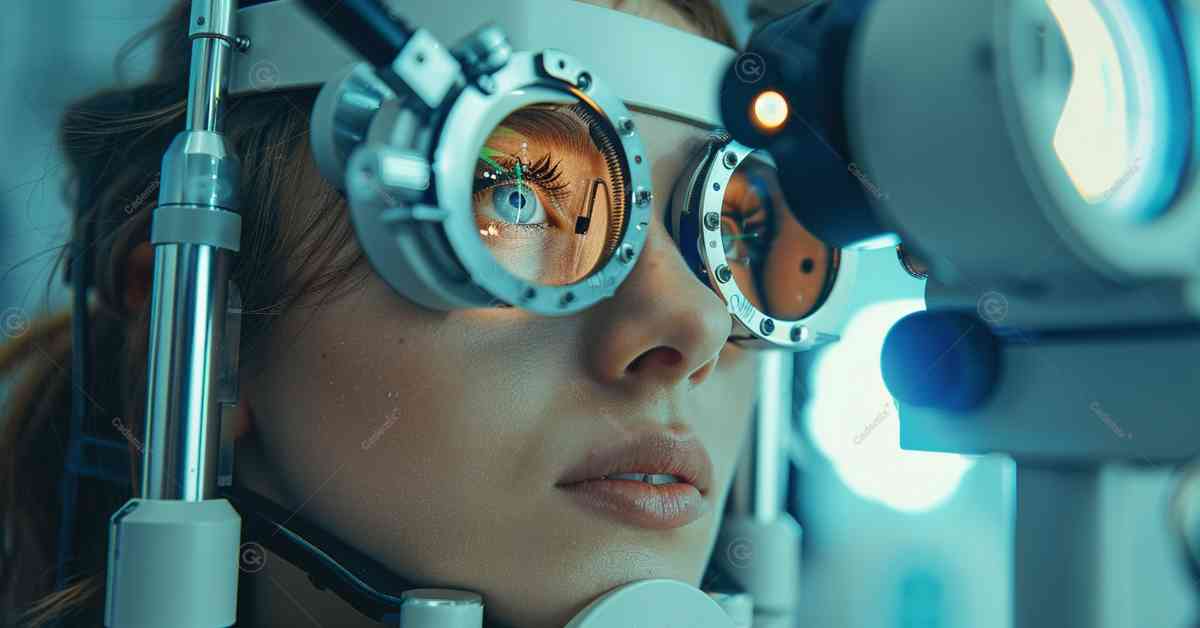Prescription glasses are not only vital for vision correction but also an essential aspect of daily comfort and personal style. This article offers a comprehensive guide on everything you need to know about prescription glasses, from understanding the basics of your prescription to exploring the latest trends in eyewear.
prescription glasses, vision correction, eyeglasses, optical prescription, eye care, lens types, eyewear trends, eye health, frame selection, eye examination

The Importance of Prescription Glasses
Correcting Vision Problems
Prescription glasses are designed to correct refractive errors such as myopia (nearsightedness), hyperopia (farsightedness), astigmatism, and presbyopia. Accurate vision correction is essential for performing daily tasks efficiently and safely, including driving, reading, and using digital devices.
Enhancing Quality of Life
Clear vision significantly improves quality of life by enhancing safety, productivity, and overall well-being. Properly prescribed glasses can reduce eye strain, prevent headaches, and ensure you see the world with clarity and precision.
Eye Health Maintenance
Regular eye examinations and wearing the correct prescription glasses are crucial for maintaining good eye health. These practices help detect early signs of eye diseases such as glaucoma, cataracts, and macular degeneration, allowing for timely treatment and management.

Understanding Your Eyeglass Prescription
Components of an Optical Prescription
An optical prescription includes several key elements that define the corrective power needed for each eye:
- Sphere (SPH): Indicates the degree of nearsightedness or farsightedness.
- Cylinder (CYL): Corrects astigmatism by specifying the lens power required.
- Axis: Defines the orientation of the astigmatism correction.
- Add: Refers to the additional magnifying power for reading or close work, used in multifocal lenses.
- Prism: Corrects issues with eye alignment by adjusting the light path to the retina.
Sample Prescription Breakdown
Here’s a sample of what an eyeglass prescription might look like:
OD (Right Eye): SPH -1.50 CYL -0.75 AXIS 180 ADD +1.25
OS (Left Eye): SPH -2.00 CYL -0.50 AXIS 170 ADD +1.25This prescription indicates:
- OD (Right Eye): A -1.50 diopter correction for nearsightedness, -0.75 diopter correction for astigmatism at 180 degrees, and an additional +1.25 diopters for reading.
- OS (Left Eye): A -2.00 diopter correction for nearsightedness, -0.50 diopter correction for astigmatism at 170 degrees, and an additional +1.25 diopters for reading.
Types of Lenses for Prescription Glasses
Single Vision Lenses
Single vision lenses provide a uniform correction across the entire lens, suitable for correcting myopia, hyperopia, or astigmatism.
Bifocal Lenses
Bifocal lenses have two distinct areas of vision correction: one for distance and one for near vision. These lenses are typically used to correct presbyopia and are separated by a visible line.
Progressive Lenses
Progressive lenses offer a gradual transition between multiple focal points (distance, intermediate, and near) without visible lines, providing a more natural visual experience and aesthetic appeal.
High-Index Lenses
High-index lenses are made from materials that allow for thinner and lighter lenses, ideal for strong prescriptions. They offer comfort and aesthetic benefits by reducing lens thickness and weight.
Aspheric Lenses
Aspheric lenses have a more complex surface profile than standard lenses, reducing distortions and providing a slimmer, more attractive lens profile.
Photochromic Lenses
Photochromic lenses, also known as transition lenses, darken in response to sunlight and return to clear indoors, offering convenience and protection from UV rays.
Polarized Lenses
Polarized lenses reduce glare from reflective surfaces such as water, snow, and glass, making them ideal for outdoor activities and driving.
Blue Light Blocking Lenses
Blue light blocking lenses filter out harmful blue light emitted by digital screens, reducing eye strain and improving sleep quality for those who spend significant time in front of screens.

Choosing the Right Frames
Frame Materials
Frames come in various materials, each offering unique benefits:
- Plastic: Lightweight, affordable, and available in a variety of colors and styles. However, they may be less durable than metal frames.
- Metal: Durable, adjustable, and often hypoallergenic. Metal frames are generally more expensive but offer a sleek, modern look.
- Titanium: Extremely strong, lightweight, and hypoallergenic, making them an excellent choice for durability and comfort.
- Acetate: A type of plastic that is flexible, lightweight, and available in vibrant colors. Acetate frames are known for their durability and style.
Frame Shapes and Styles
Choosing the right frame shape can enhance your appearance and complement your facial features:
- Round Faces: Angular frames such as rectangular or square shapes can add definition.
- Square Faces: Round or oval frames can soften angular features.
- Oval Faces: Most frame shapes work well, but wider frames can enhance balance.
- Heart-Shaped Faces: Bottom-heavy frames or rimless styles can help balance a wider forehead and narrower chin.
Frame Sizes
Ensuring the correct frame size is essential for comfort and proper vision correction. Consider the following measurements:
- Lens Width: The horizontal width of each lens, typically between 40-60mm.
- Bridge Width: The distance between the lenses, usually between 14-24mm.
- Temple Length: The length of the arm pieces that extend to your ears, generally between 120-150mm.
Latest Trends in Prescription Eyewear
Sustainable Eyewear
Sustainable eyewear is becoming increasingly popular, with frames made from eco-friendly materials such as recycled plastics, bamboo, and biodegradable acetate. These options appeal to environmentally conscious consumers and offer stylish, high-quality designs.
Smart Glasses
Smart glasses integrate advanced technology such as augmented reality (AR), fitness tracking, and health monitoring. These innovative glasses provide new functionalities, enhancing the user experience beyond traditional vision correction.
Retro and Vintage Styles
Retro and vintage styles are making a comeback, with classic frame shapes such as round, cat-eye, and aviator gaining popularity. These timeless designs offer a nostalgic appeal while providing modern lens technology.
Bold Colors and Patterns
Bright colors and bold patterns are trending in eyewear fashion, allowing individuals to express their personality and make a fashion statement with their glasses.
The Process of Getting Prescription Glasses
Scheduling an Eye Exam
The first step to obtaining prescription glasses is scheduling an eye exam with an optometrist or ophthalmologist. Regular exams ensure your prescription is up-to-date and your eyes are healthy.

Comprehensive Eye Examination
A thorough eye exam includes several tests to evaluate different aspects of your vision and eye health:
- Visual Acuity Test: Measures how clearly you see at various distances using an eye chart.
- Refraction Assessment: Determines the exact prescription needed for your glasses.
- Slit-Lamp Examination: Examines the structures of your eyes under high magnification.
- Retinal Examination: Involves dilating your pupils to examine the retina and optic nerve.
- Intraocular Pressure Measurement: Checks for glaucoma by measuring the pressure inside your eyes.
Choosing Frames and Lenses
After receiving your prescription, you can select frames and lenses that suit your style and vision needs. Consider factors such as material, shape, size, and additional lens options to ensure optimal comfort and functionality.
Caring for Your Prescription Glasses
Cleaning Your Glasses
Proper cleaning is essential to maintain clear vision and extend the life of your lenses. Use a microfiber cloth and lens cleaning solution specifically designed for eyeglasses. Avoid using paper towels, tissues, or clothing, as they can scratch the lenses.
Storing Your Glasses
Store your glasses in a protective case when not in use to prevent scratches and damage. Avoid placing them lens-side down on surfaces.
Regular Adjustments
Frames can become loose or misaligned over time. Visit your optician for regular adjustments to ensure a comfortable fit and optimal vision.
Protecting Your Glasses
Be mindful of activities that could damage your glasses. Remove them during sports, swimming, or vigorous activities, and consider using sports goggles for protection.
Special Considerations for Prescription Glasses
Prescription Glasses for Children
Children’s vision needs are unique, and regular eye exams are essential for early detection of vision problems. Durable frames and lenses, as well as attractive styles, encourage children to wear their glasses consistently.
Prescription Glasses for Seniors
As people age, their vision may change, requiring more frequent updates to their prescription. Lightweight, comfortable frames and lenses with features such as anti-reflective coatings and UV protection are beneficial for seniors.
Prescription Safety Glasses
For those who work in environments with potential eye hazards, prescription safety glasses provide the necessary vision correction and protection. They are made from impact-resistant materials and meet specific safety standards.
Innovations in Prescription Glasses
Digital Lenses
Digital lenses, also known as free-form lenses, are customized using advanced computer technology to provide sharper vision and reduce distortions. They are ideal for complex prescriptions and high-definition vision.
Anti-Reflective Coatings
Anti-reflective (AR) coatings reduce glare from lights and improve the clarity of your vision, particularly in low-light conditions. They also enhance the appearance of your glasses by reducing visible reflections on the lenses.
UV Protection
Many eyeglass lenses come with built-in UV protection to shield your eyes from harmful ultraviolet rays. This feature is crucial for preventing eye damage and reducing the risk of conditions like
cataracts.
Blue Light Filtering
Blue light filtering lenses help reduce exposure to blue light emitted by digital screens, which can cause eye strain and disrupt sleep patterns. These lenses are beneficial for those who spend extended periods in front of computers or other digital devices.
Conclusion
Prescription glasses are essential for vision correction and enhancing daily life. Understanding your prescription, choosing the right lenses and frames, and keeping up with the latest trends and innovations can help you achieve optimal vision and style. For expert guidance on selecting the perfect eyewear and personalized eye care, visit our clinic and explore our Acceleration Program, which includes CV reviews and specialized further education. Contact us today to schedule your appointment and take proactive steps towards optimal vision and style.
Explore our Acceleration Program and consultancy services: Cademix Institute of Technology
For more information on prescription glasses: National Eye Institute
Discover advanced eyewear options at: Warby Parker

